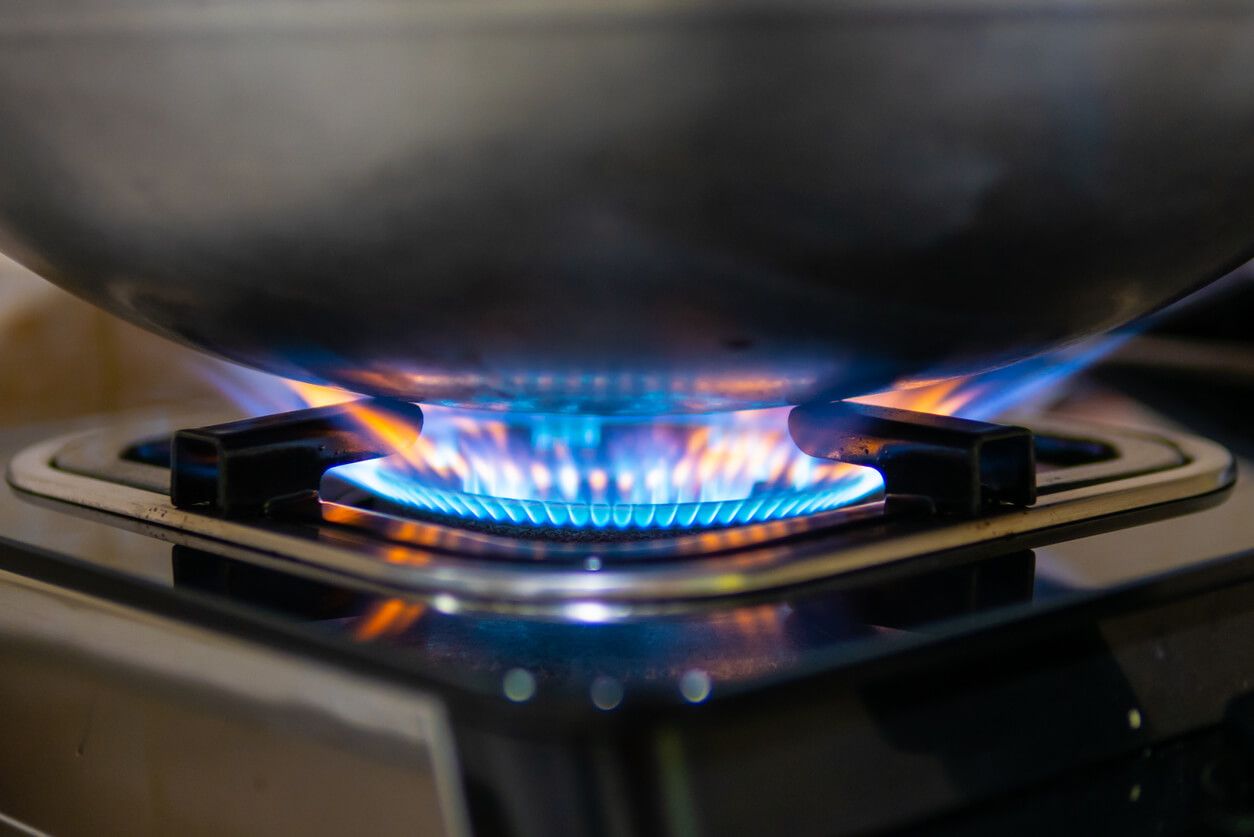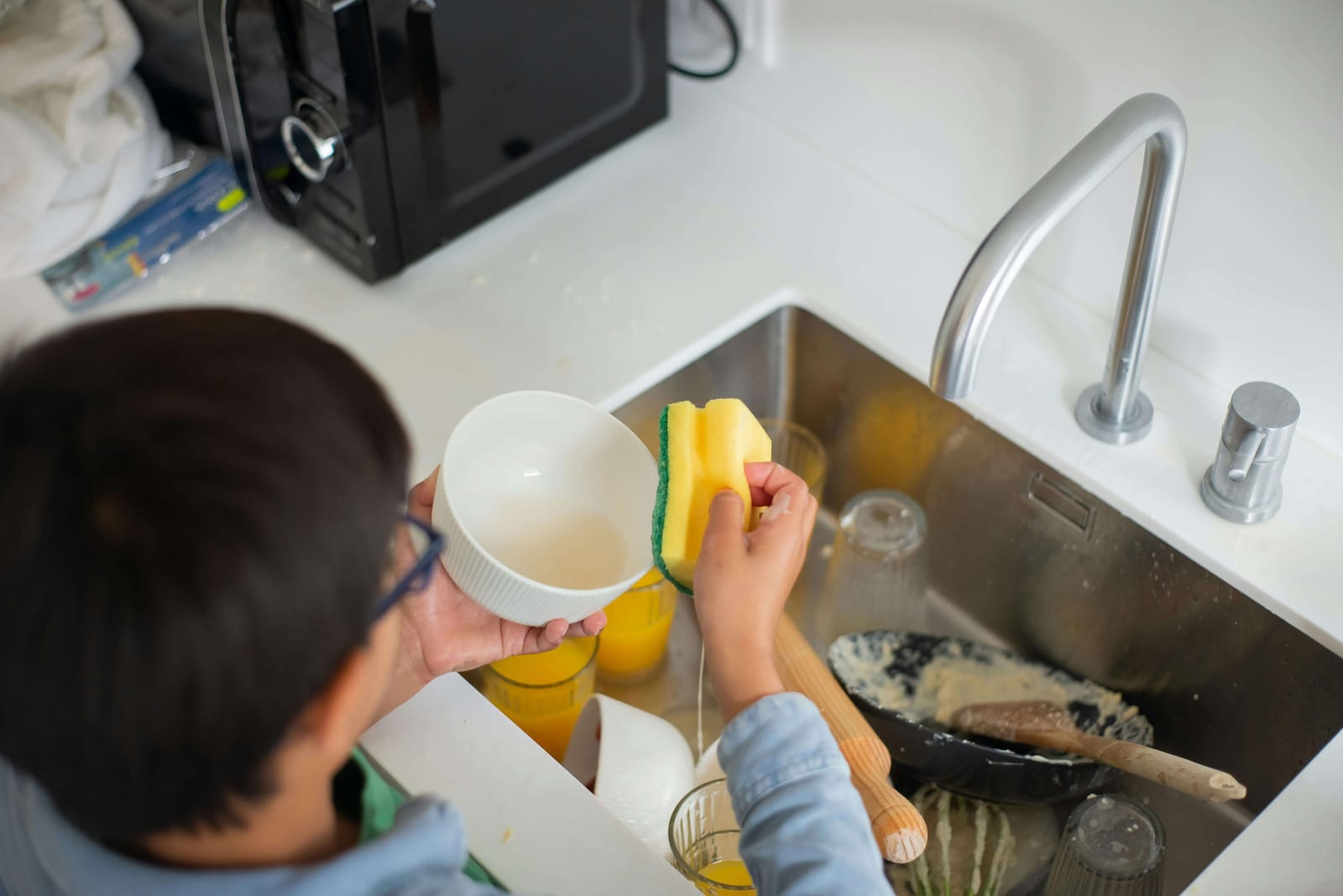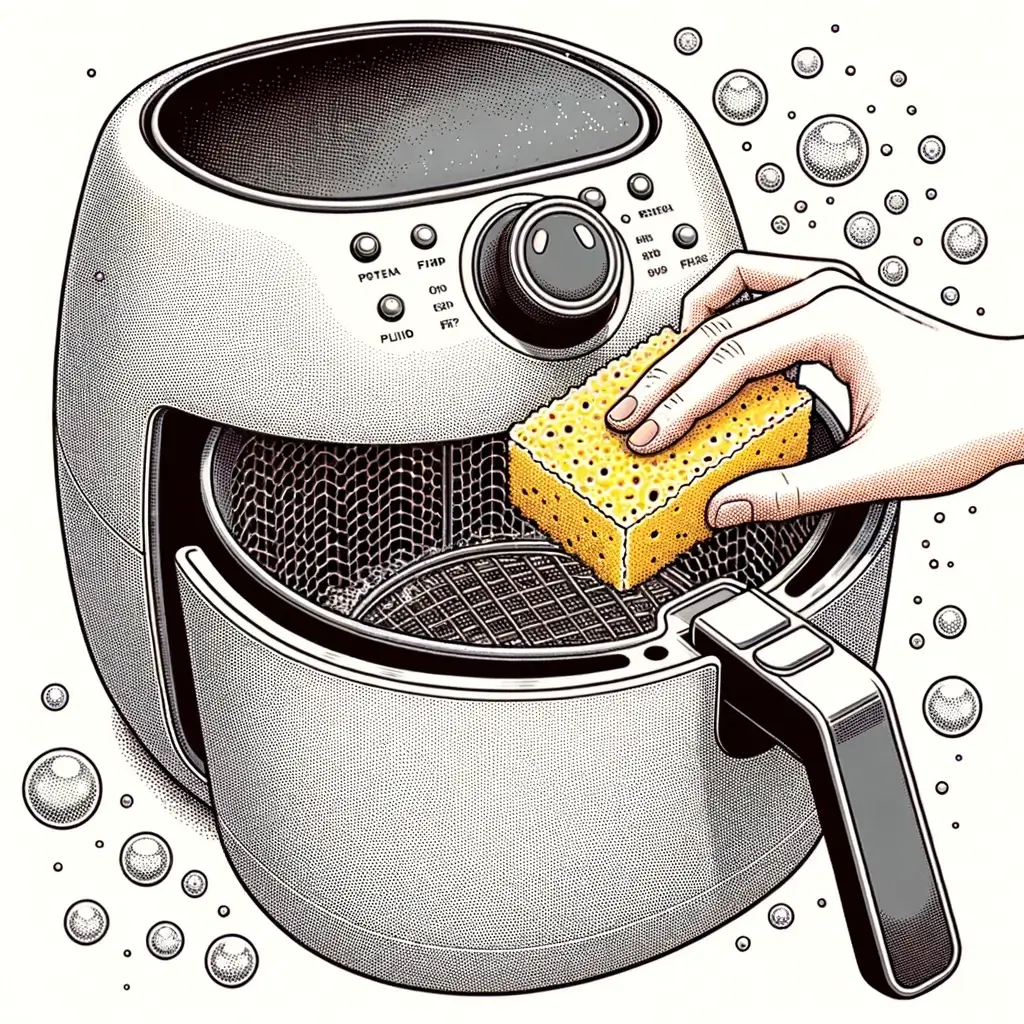Cooking on a gas stove is a delight for many culinary enthusiasts. The precise control over heat and the instant change in temperature make it a preferred choice for many.
However, to make the most of your gas stove, it's crucial to understand the role of heat distribution in frying pans.
This micro-post will delve into the science of heat distribution, the advantages of using a gas stove, and how to choose the right frying pan for your cooking needs.
In This Article
- Understanding Your Gas Stove
- Choosing the Right Frying Pan
- Safety Measures When Using Frying Pans on Gas Stoves
- Maintaining Your Frying Pan
- Frequently Asked Questions
- Conclusion
- Further Reading
Understanding Your Gas Stove
Gas stoves are popular for many households due to their precise temperature control and instant heat. However, to use them safely and effectively, it's important to understand how they work.
Gas stoves use natural gas or propane as fuel, which is ignited to provide direct heat. The flame's size can be adjusted to control the heat level, making gas stoves versatile for various cooking methods.
Choosing the Right Frying Pan
When it comes to frying pans for gas stoves, not all are created equal. The best frying pans for gas stoves are those that conduct heat well and respond quickly to changes in temperature.
Materials such as stainless steel, aluminum, and copper are excellent conductors of heat. However, each has its pros and cons. For instance, while stainless steel is durable and non-reactive, it doesn't conduct heat as well as aluminum or copper.
On the other hand, aluminum is a great heat conductor, but it can react with acidic or alkaline foods, altering their taste. While an excellent heat conductor, copper requires more care and is often more expensive.
Safety Measures When Using Frying Pans on Gas Stoves
Safety should always be a priority when cooking, especially when using gas stoves. Here are some essential safety tips:
- Keep the Handle Away from the Heat: Always position your frying pan so the handle is not over the burner. This prevents the handle from getting hot and causing burns when touched.
- Use Pans with Heat-Resistant Handles: Some frying pans come with heat-resistant handles, which stay cool even when the pan is hot. This is a great safety feature, especially when cooking at high temperatures.
- Never Leave Your Pan Unattended: Never leave your pan unattended when cooking on a gas stove. The open flame can quickly overheat your pan, leading to burnt food or even a fire.
- Use a Pan with a Flat Bottom: Flat-bottomed pans are more stable on the stove, reducing the risk of spills and accidents.
Maintaining Your Frying Pan
Proper maintenance of your frying pan extends its lifespan and ensures it performs optimally. Here are some maintenance tips:
- Cleaning: Clean your frying pan after each use to prevent food residue from building up. Avoid using harsh scouring pads or steel wool, which can scratch the surface of the pan.
- Storage: Store your frying pans in a dry place. This will prevent moisture from causing rust or other damage.
- Seasoning: Some pans, like cast iron, require seasoning. This involves applying a layer of oil to the pan and heating it to create a non-stick surface.
Frequently Asked Questions
What type of frying pan is best for a gas stove?
The best type of frying pan for a gas stove is one that conducts heat well and responds quickly to changes in temperature. Materials like stainless steel, aluminum, and copper are excellent choices.
Can you use any frying pan on a gas stove?
While you can technically use any frying pan on a gas stove, some materials are better suited for this type of heat source. For instance, pans made of heat-conductive materials like stainless steel, aluminum, and copper work best on gas stoves.
Can you use non-stick pans on a gas stove?
Yes, non-stick pans are safe to use on a gas stove. However, you should be careful not to overheat them as high temperatures can damage the non-stick coating.
What is the healthiest cookware for gas stoves?
The healthiest cookware for gas stoves is typically made from non-reactive materials like stainless steel or ceramic. These materials don't leach any harmful substances into your food, even at high temperatures.
Conclusion
Understanding heat distribution in frying pans and the advantages of gas stoves can significantly enhance your cooking experience.
By choosing the right frying pan and following the safety measures outlined in this article, you can ensure efficient cooking and longevity of your cookware.
Remember, the key to great cooking is not just in the ingredients but also in the tools you use. So, make sure you equip your kitchen with the right frying pans for your gas stove.
Further Reading
- Using Frying Pans Safely: Essential Tips for Gas Stoves - Learn essential safety tips for using frying pans on gas stoves, ensuring a safe and enjoyable cooking experience.
- Gas Stove Cooking: Advanced Techniques with Frying Pans - Explore advanced cooking techniques you can master on your gas stove using frying pans.
- Stay updated with research from Columbia University Mailman School of Public Health on your kitchen appliances; read 'What Science Says About the Health Risks of Gas Stoves' now.
- If you're looking for a new frying pan for your gas stove, check out our article on the best frying pans for gas stoves.



